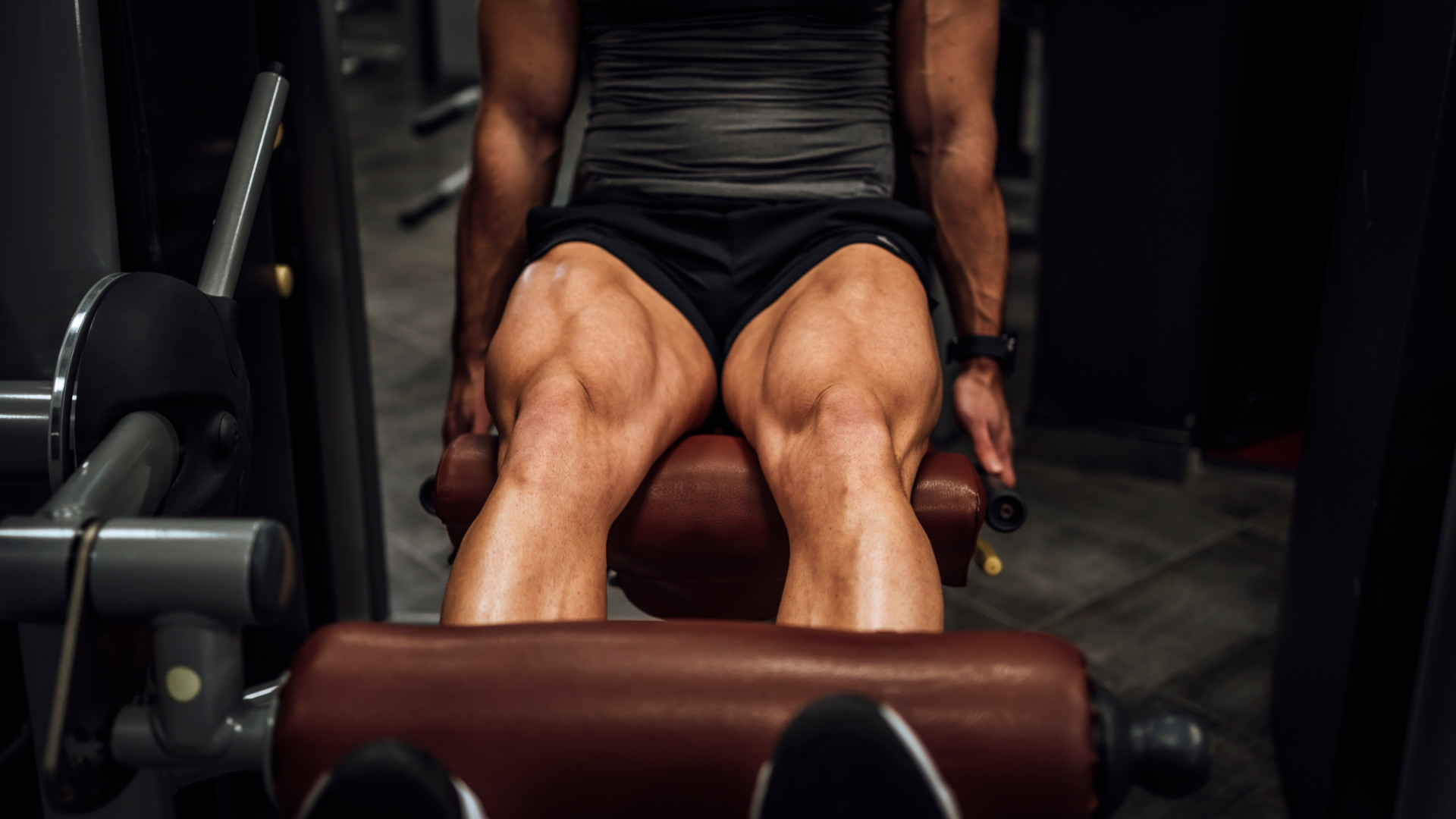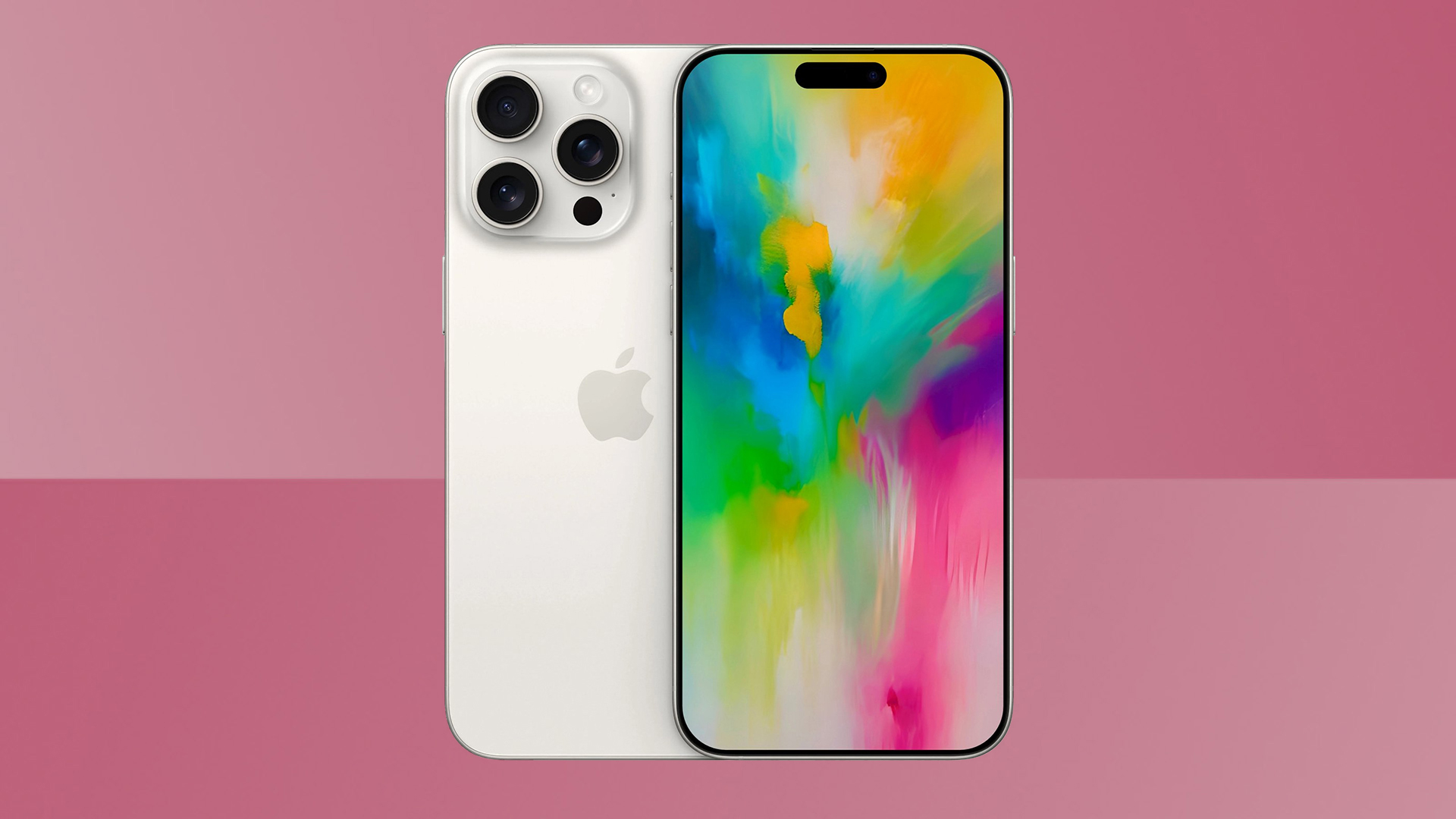

Quick Summary
The iPhone 16 Pro and Pro Max are rumoured to have the thinnest bezels of any smartphone on the market, maximizing display space and visual impact.
These models might also boast brighter displays thanks to a new micro-lens array technology, potentially offering a significant improvement for HDR content.
The iPhone 16 is expected to be announced in September 2024, but we're already seeing some leaks that give us an idea of what to expect. The latest could bring a big advantage to the display for those looking to get the next-gen iPhone.
The iPhone 16 Pro models are reported to have a thinner bezel than any other smartphone to date. To put a number on it, the iPhone 16 Pro is said to have a 1.2mm bezel, while the iPhone 16 Pro Max is said to be 1.15mm. These details come from Ice Universe who has a good track record with leaking details about future devices.
For reference, the bezel on the iPhone 15 Pro was 1.71mm and on the iPhone 15 Pro Max it was 1.55mm, with this reduction in bezel reducing the black space around the edge of the display. It's said that Apple is going to use a "border reduction structure", according to 91mobiles, where the display's circuits and wiring bend around the side.
The aim will be to give you as much usable display space as possible and while touching right towards the edge doesn't really matter, it's the increased visual impact that Apple will be after. With more of the display illuminated, it will just look better.
Display changes for the iPhone 16 Pro
But the reduction of the bezel isn't all we're expecting. We've heard quite a bit about how the iPhone 16 Pro and 16 Pro Max displays may change. Firstly, they're thought to be larger, expanding to 6.3 and 6.9-inches respectively. That will lead to a larger phone, but you'll have a bigger display too.
But that's not all. It's also said that these displays are going to be brighter. The iPhone 15 Pro models have a peak brightness of 1,600 nits (HDR) or 2,000 nits (outdoors). That lags behind some more recent devices: the Samsung Galaxy S24 Ultra can reach over 2,500 nits, while the OnePlus 12 offers a 4,500 nit peak brightness.
Boosting the brightness is not only good for external visibility, but having used the Pixel 8 Pro extensively (with a 2,400 nit peak brightness), I've found that the biggest impact is on HDR content. As manufacturers look for more ways to embrace HDR, having a display that delivers it becomes more important.
Sign up to the T3 newsletter for smarter living straight to your inbox
Get all the latest news, reviews, deals and buying guides on gorgeous tech, home and active products from the T3 experts
It might be that Apple turns to a TV tech to make this possible, using MLA – micro-lens array. This tech puts billions of lenses into a display to reduce reflection and boost brightness. We've seen it in the likes of the LG OLED G4 and the Panasonic Z95A and those TVs look great - will the LG panel that Apple is expected to use in the iPhone 16 deliver the same?
We're still some way from the launch of the new iPhone models, but they could look absolutely stunning.
Chris has been writing about consumer tech for over 15 years. Formerly the Editor-in-Chief of Pocket-lint, he's covered just about every product launched, witnessed the birth of Android, the evolution of 5G, and the drive towards electric cars. You name it and Chris has written about it, driven it or reviewed it. Now working as a freelance technology expert, Chris' experience sees him covering all aspects of smartphones, smart homes and anything else connected. Chris has been published in titles as diverse as Computer Active and Autocar, and regularly appears on BBC News, BBC Radio, Sky, Monocle and Times Radio. He was once even on The Apprentice... but we don't talk about that.
-
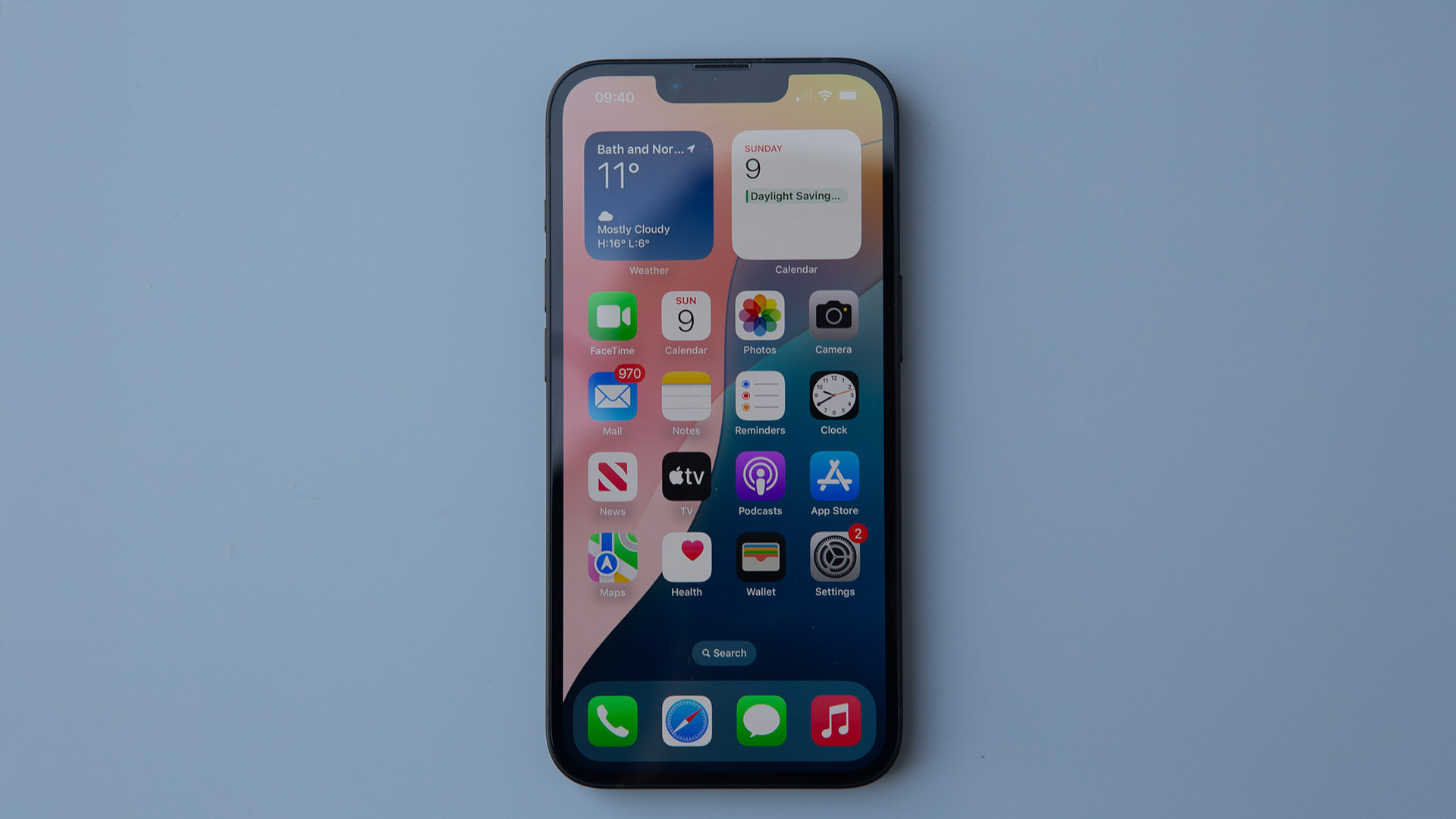 Apple reportedly preparing the iPhone 17e already
Apple reportedly preparing the iPhone 17e alreadyBut it sounds like an odd launch window
By Sam Cross
-
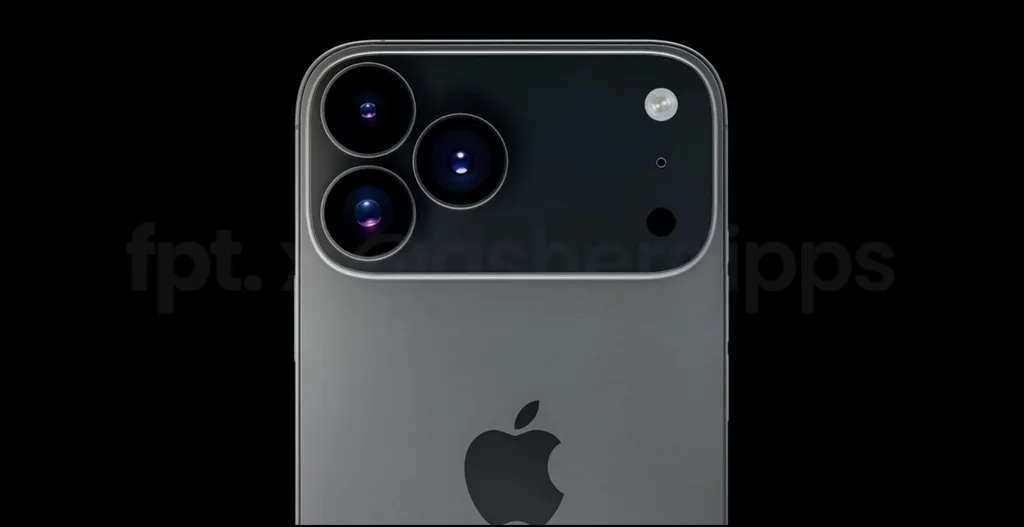 iPhone 17 Pro case leak shows Apple really is about to make a huge design swerve
iPhone 17 Pro case leak shows Apple really is about to make a huge design swerveThis is going to alienate some users
By Sam Cross
-
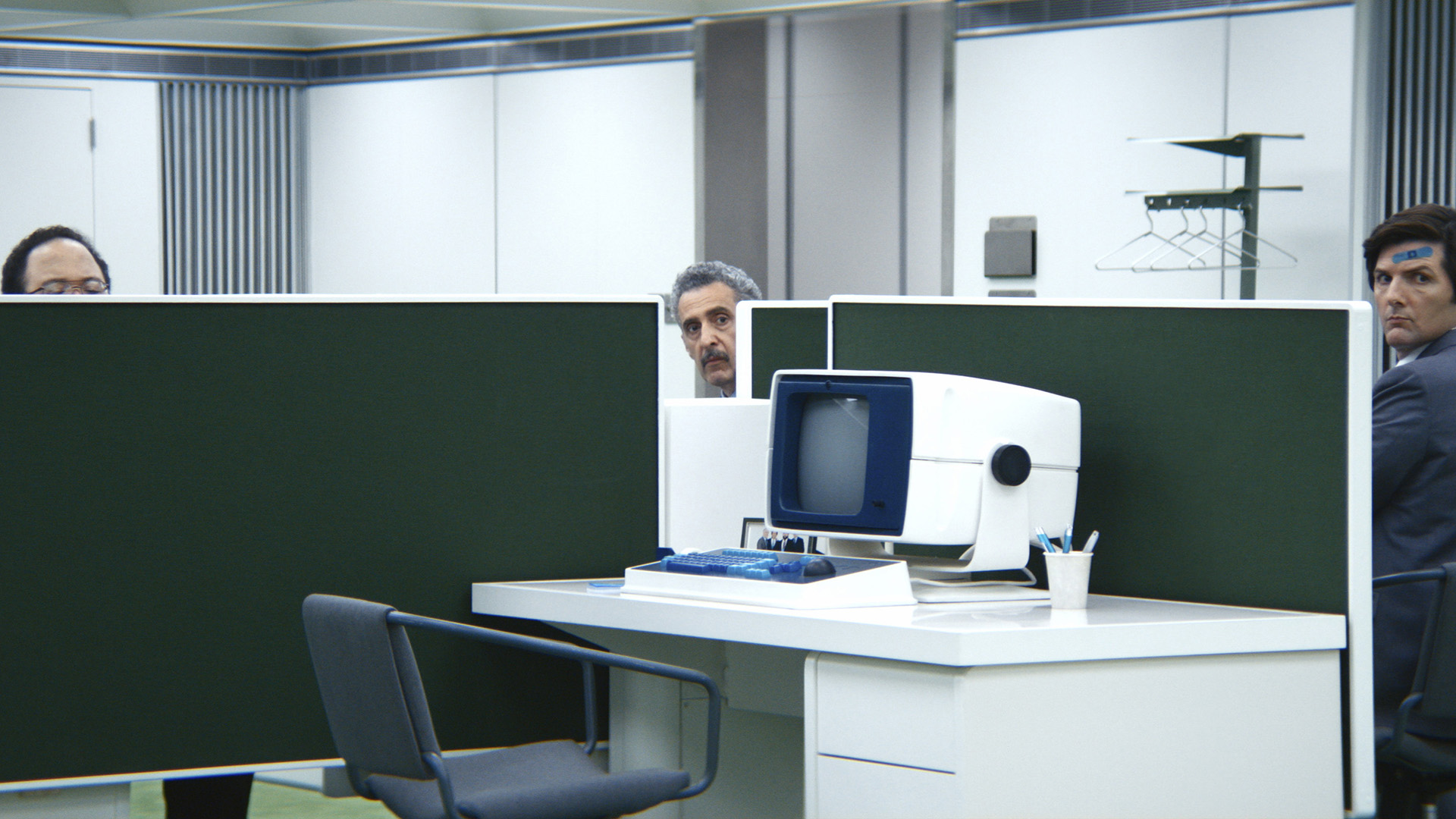 Apple's Severance computer may have been a joke, but the keyboard is coming for real
Apple's Severance computer may have been a joke, but the keyboard is coming for realTell us where we can sign up!
By Britta O'Boyle
-
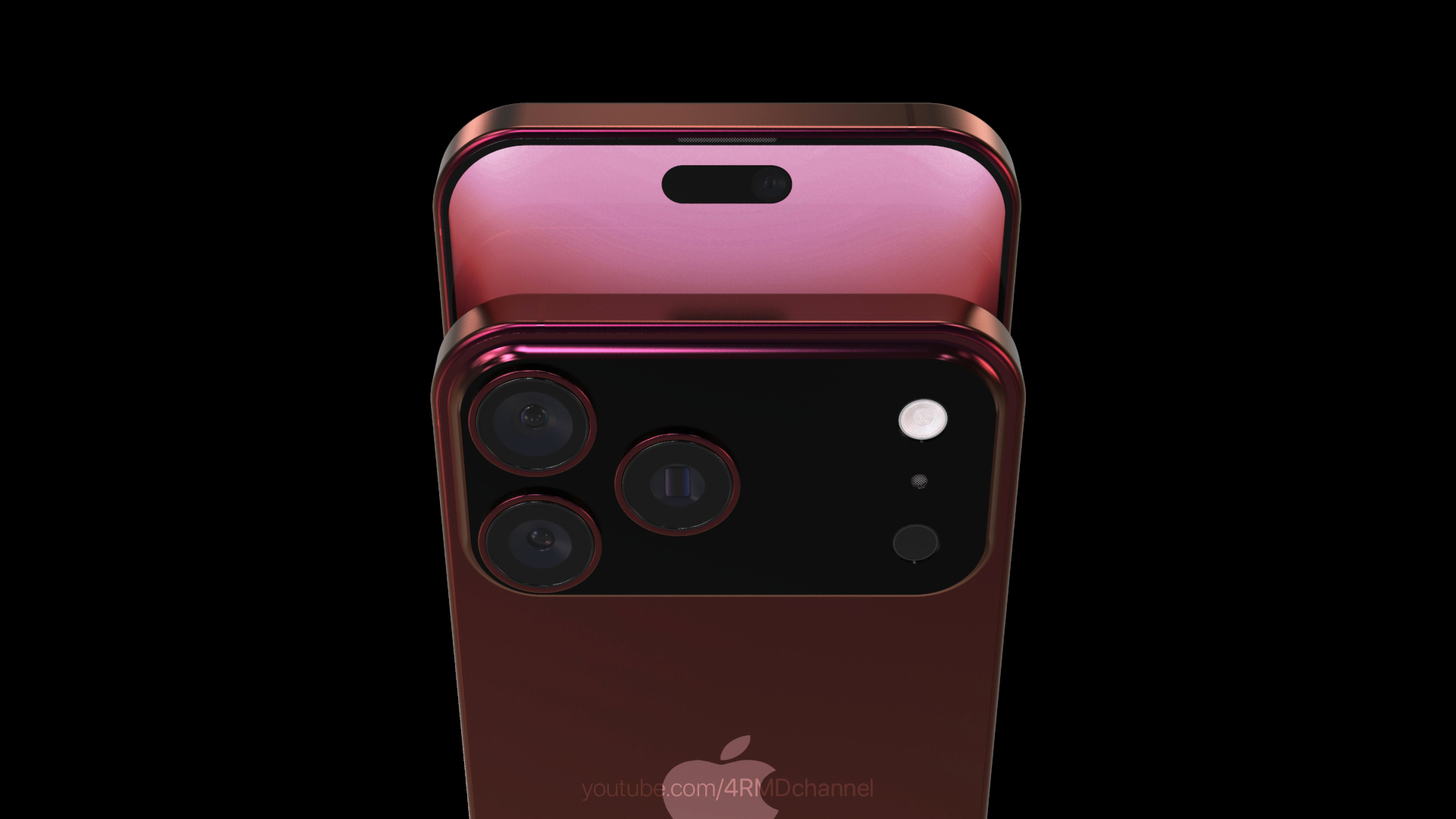 New iPhone 17 Pro Max renders give us the best look yet at the flagship phone
New iPhone 17 Pro Max renders give us the best look yet at the flagship phoneThis is going to cause a stir
By Sam Cross
-
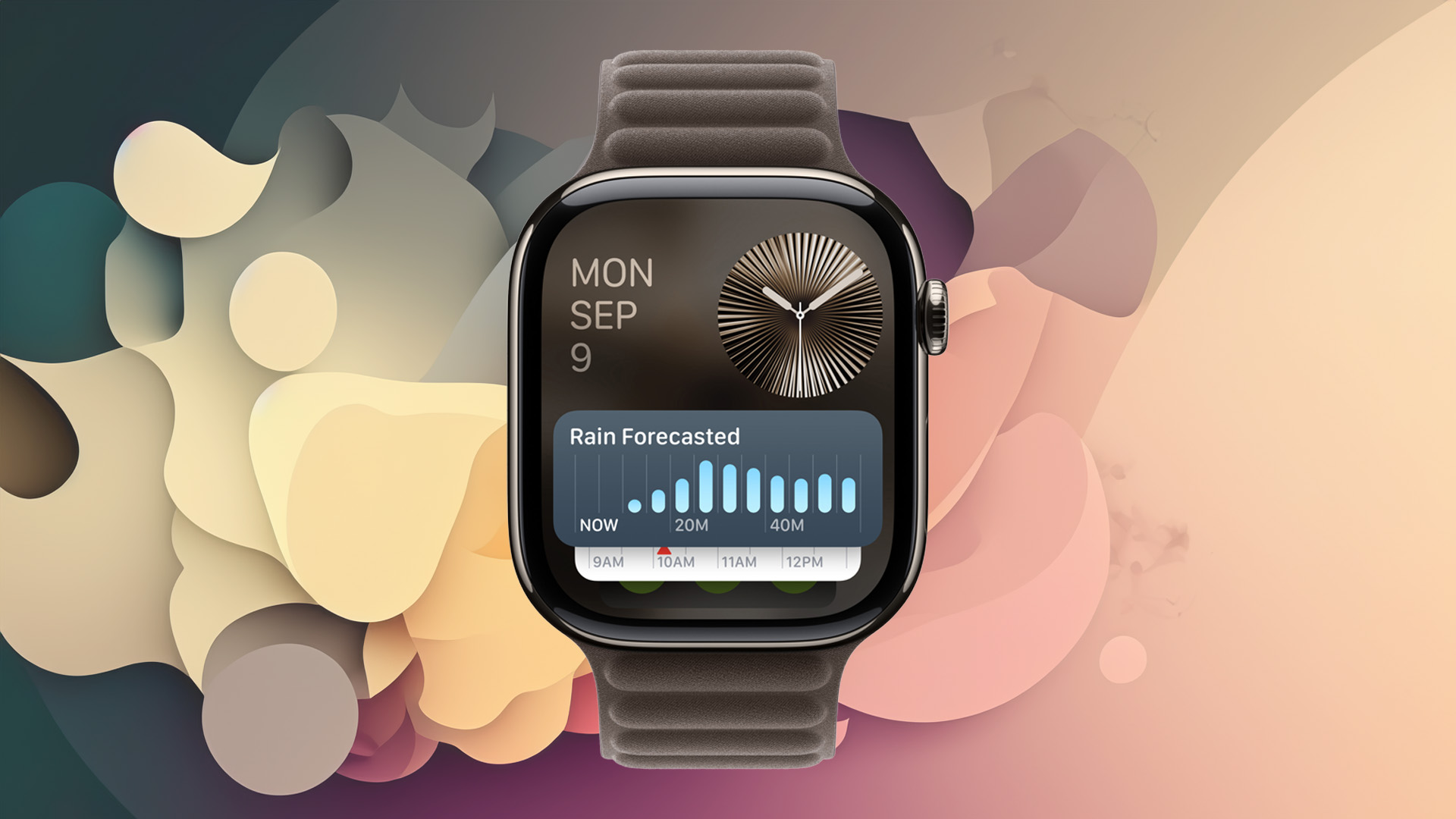 Apple Watch is set to get Apple Intelligence this year, but only with a little help from a friend
Apple Watch is set to get Apple Intelligence this year, but only with a little help from a friendBring on watchOS 12
By Britta O'Boyle
-
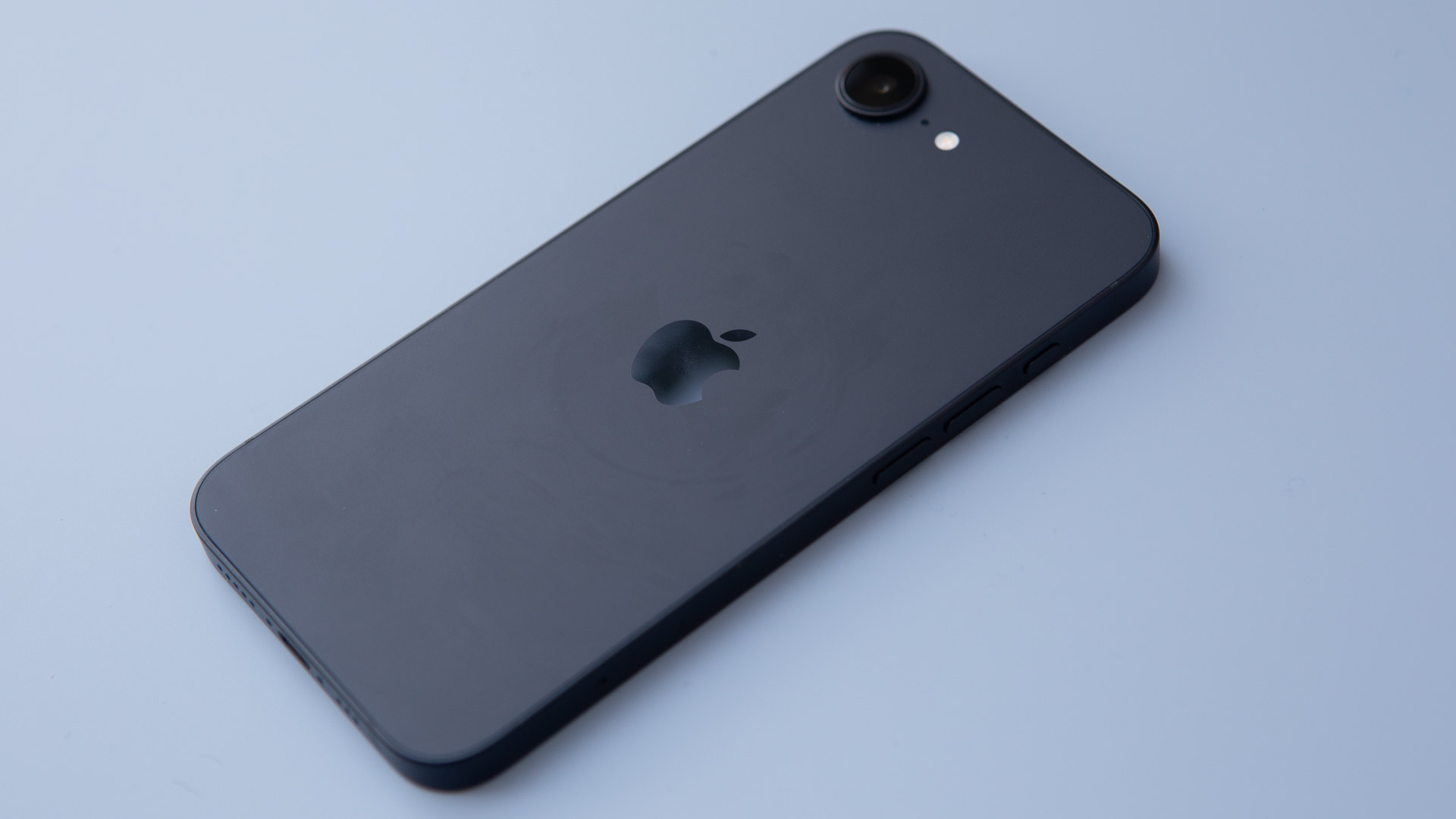 Apple's iPhone just did something it never has before
Apple's iPhone just did something it never has beforeThis is an unprecedented event for the iPhone
By Sam Cross
-
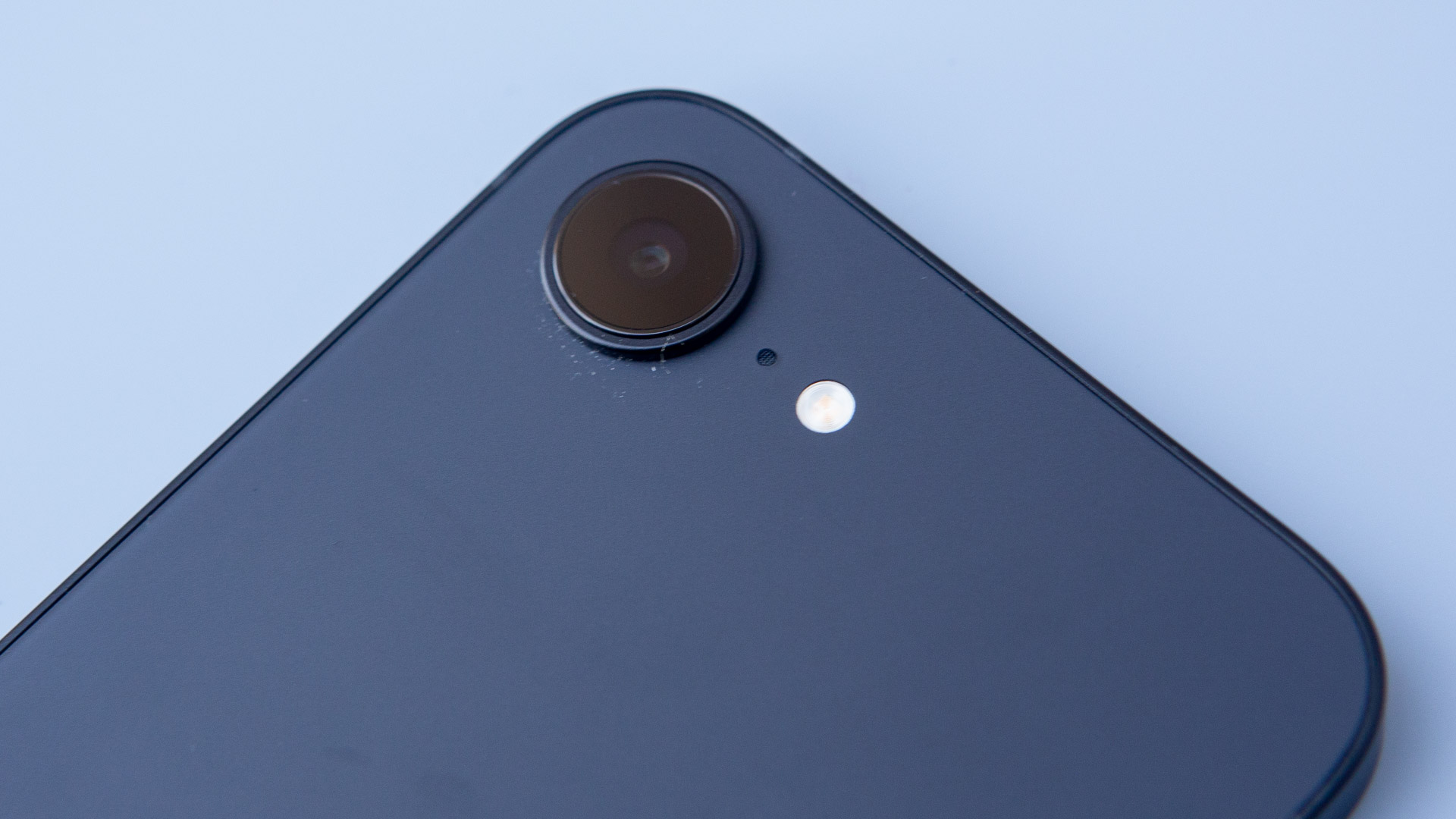 Leaked iPhone Fold pricing suggests it will be fighting an uphill battle from the start
Leaked iPhone Fold pricing suggests it will be fighting an uphill battle from the startIt looks set to be the most expensive foldable phone
By Sam Cross
-
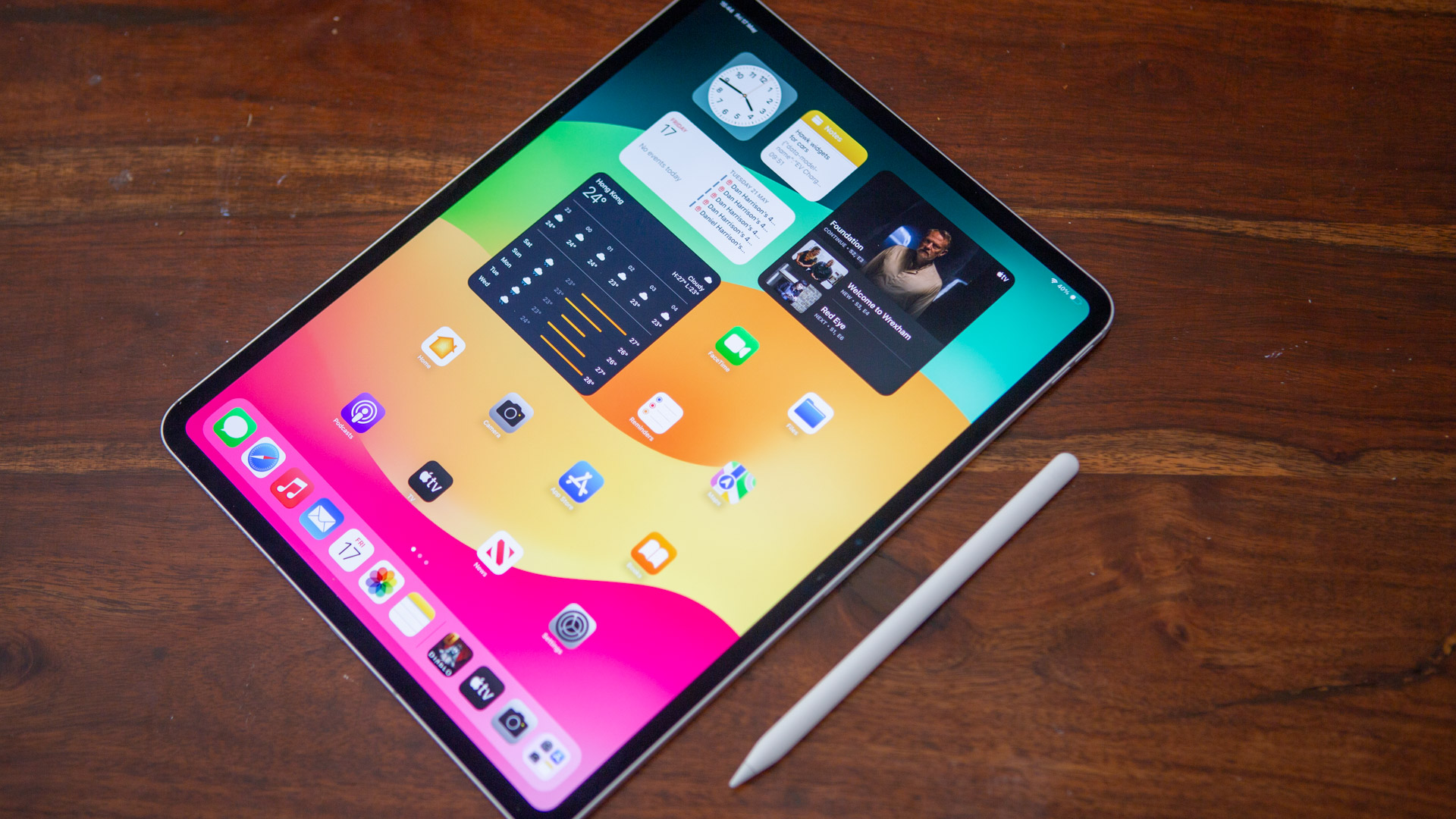 iPad reportedly getting major makeover and your current model could benefit too
iPad reportedly getting major makeover and your current model could benefit tooApple is said to be making a change that iPad power users have been wanting for years
By Carrie Marshall
